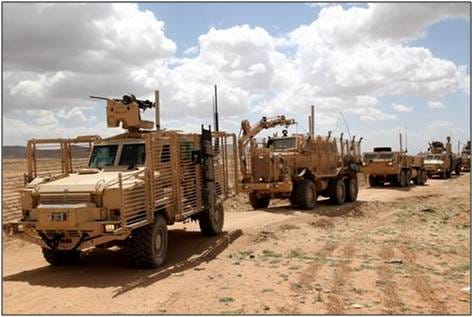http://swarajyamag.com/biz/recommended-reading-all-you-need-to-know-about-digital-india/
27 Sep, 20151
Prime Minister Modi is heavily promoting the Digital India program in Silicon Valley. But what does the program consist of? How will it change things for the ordinary citizens? Swarajya presents you a four part explanatory series to help you understand.
Swarajya contributor Aashish Chandrokar’s series on Digital India is perhaps the only detailed attempt at explaning the contours, pros and cons of the program available today. The series is in four parts:
– The first part deals with the overall context of the Digital India program and explains the organisation of its constituents. It dwells on the nine pillars that together make up the Digital India vision and how they will be implemented. Read part one here.
– Part Two: How do the buildings blocks of Digital India look? How easy or difficult is the execution of the national optic fiber network program? This is the toughest and most intricate part of Digital India, and things still don’t look very good. Read more here.
– Part Three: If creating infrastructure appears to be a problem getting various central and state governments to adopt e-governance seems like an even bigger challenge. How will the many dozens of government services be rationalised for digital delivery? All this is part of the National e-governance project which is one of Digital India’s pillars. Find out how this segment of the Digital India is doing in part three.
– Part Four: Will Digital India help deliver more employment opportunities? With more than 12 million Indians joining the workforce every year will this program help them find, create and fill new jobs?Read in the last part.



